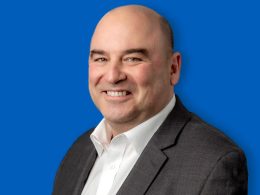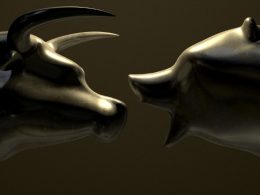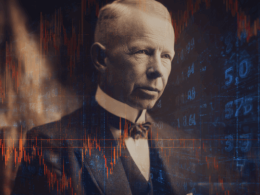by Russ Koesterich, Portfolio Manager, iShares
Here’s my take: I believe high yield bonds are close to fair value, I hold a neutral viewof the asset class and I advocate that investors generally maintain a benchmark weight.
That said, in the following three instances, I’d advocate investors consider being more aggressive buyers of high yield:
1.) If spreads widen. The spread between high yield bonds and the 10-year Treasury has generally fluctuated between 500 to 600 basis points this year, about where high yield should trade given the sluggish economic environment. However, assuming no further deceleration in the US economy, any further widening of high yield spreads back toward a premium of 650 to 700 basis points over the 10-year Treasury would represent a good buying opportunity, especially considering that many corporate balance sheets generally have been extremely strong and default rates have been low.
2.) If they have portfolios with high income needs. With a yield to maturity a little under 7% and volatility of less than 10%, a fund like the iShares iBoxx $ High Yield Corporate Bond Fund, (NYSEARCA: HYG) is an efficient way to add incremental yield to a portfolio. As such, investors may want to consider adding high yield bonds to their fixed income portfolios as their demand for income rises. For instance, while risk adverse investors may only want to hold around 10% of their fixed income portfolios in high yield, investors willing to take incremental risk to earn additional income may want to consider holding as much as 30% of their fixed income portfolio in high yield.
3.) If they are worried about rising rates. Investors who are worried about rising interest rates may also want to add high yield as a substitute for long-dated Treasuries. High yield bond funds currently have lower durations than Treasury funds, meaning that Treasuries are far more sensitive to interest rates. If interest rates rise even modestly, Treasury funds are likely to suffer larger losses than high yield bond funds.
Source: Bloomberg, iShares.com
Russ Koesterich, CFA is the iShares Global Chief Investment Strategist and a regular contributor to the iShares Blog. You can find more of his posts here.
The author is long HYG
The performance quoted represents past performance and does not guarantee future results. Investment return and principal value of an investment will fluctuate so that an investor’s shares, when sold or redeemed, may be worth more or less than the original cost. Current performance may be lower or higher than the performance quoted. Performance data current to the most recent month end may be obtained by calling toll-free 1-800-iShares (1-800-474-2737) or by visiting www.iShares.com. For standardized performance for HYG, please click here.
Bonds and bond funds will decrease in value as interest rates rise. High yield securities may be more volatile, be subject to greater levels of credit or default risk, and may be less liquid and more difficult to sell at an advantageous time or price to value than higher-rated securities of similar maturity.










